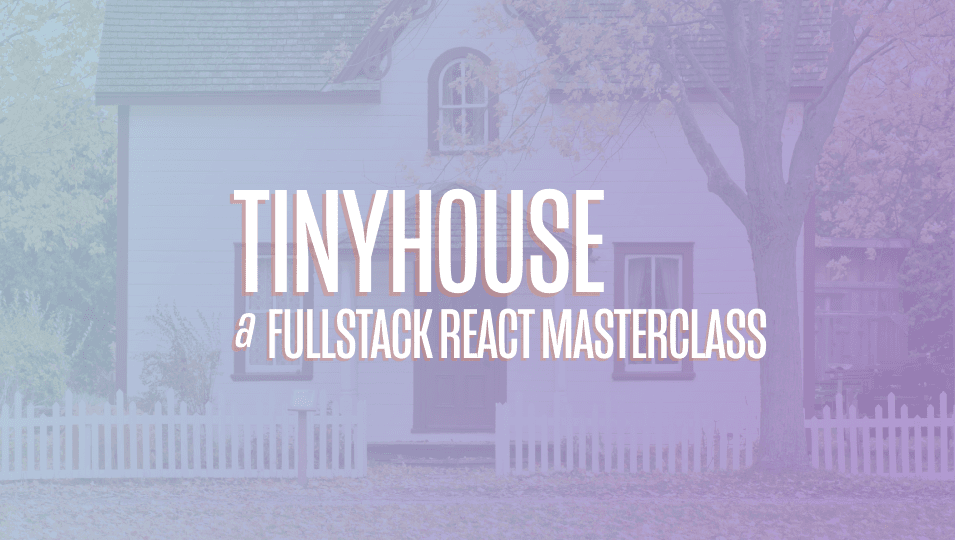Module 17 Introduction
This is an introduction to the bonus work we'll be doing in Module 17.0.
This lesson preview is part of the TinyHouse: A Fullstack React Masterclass with TypeScript and GraphQL - Part Two course and can be unlocked immediately with a single-time purchase. Already have access to this course? Log in here.
Get unlimited access to TinyHouse: A Fullstack React Masterclass with TypeScript and GraphQL - Part Two with a single-time purchase.

[00:00 - 00:10] So far, we have been using MongoDB as our database of choice. No SQL databases like MongoDB use a dynamic schema for unstructured or polymorphic data.
[00:11 - 00:21] This offers developer great flexibility when building apps that needs to evolve constantly. SQL databases on the other hand use a defined schema for structured data.
[00:22 - 00:34] This offers developer consistency at the expense of flexibility. Therefore, if you value structure more than flexibility, you just might prefer a SQL database over a no SQL database.
[00:35 - 00:47] So in this module, we're going to compare those two types of databases using some live data, install Postgres and learn some basic SQL, convert our apps to use Postgres as our database.